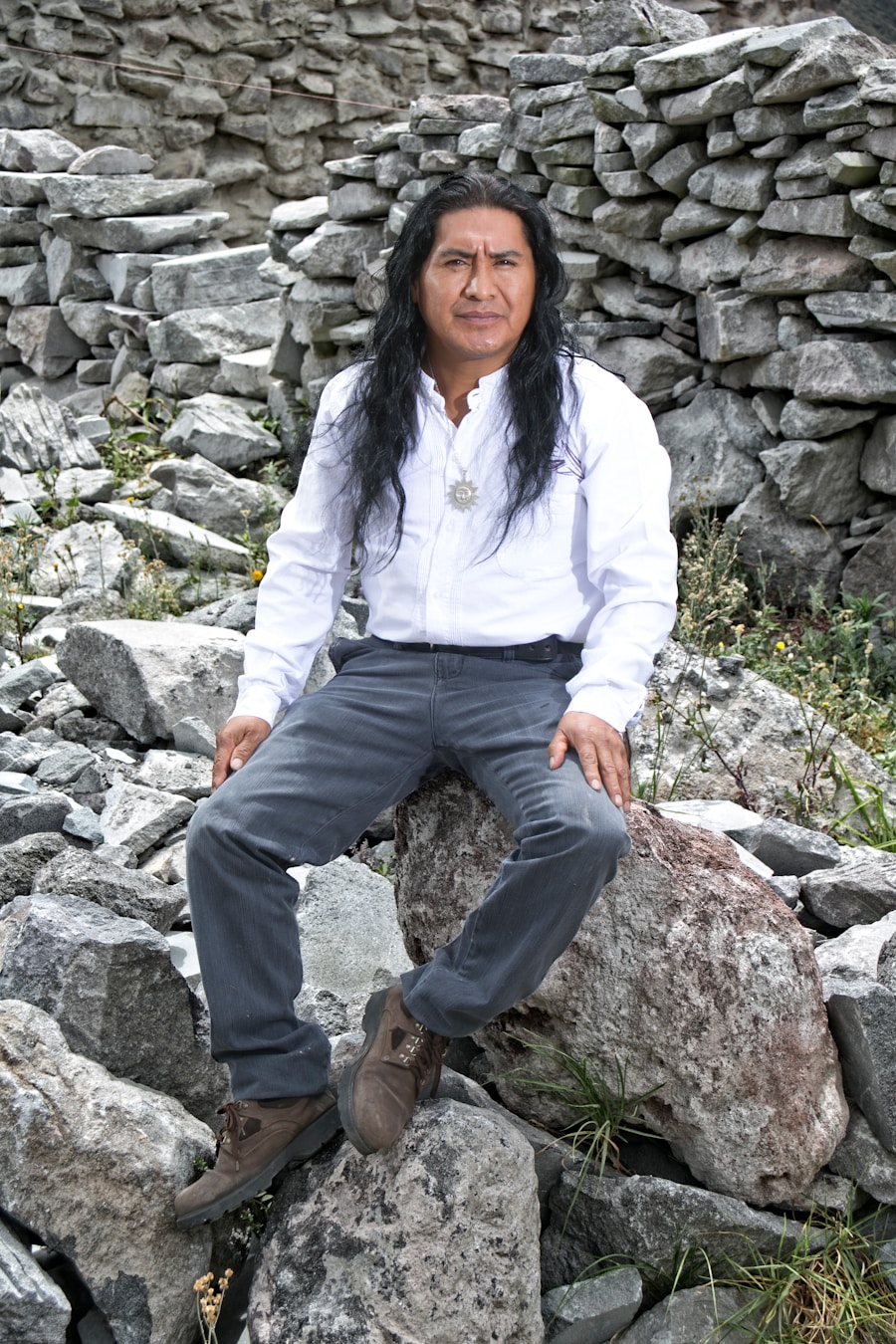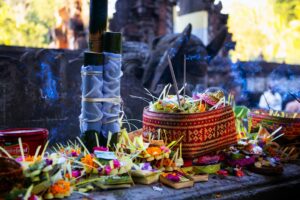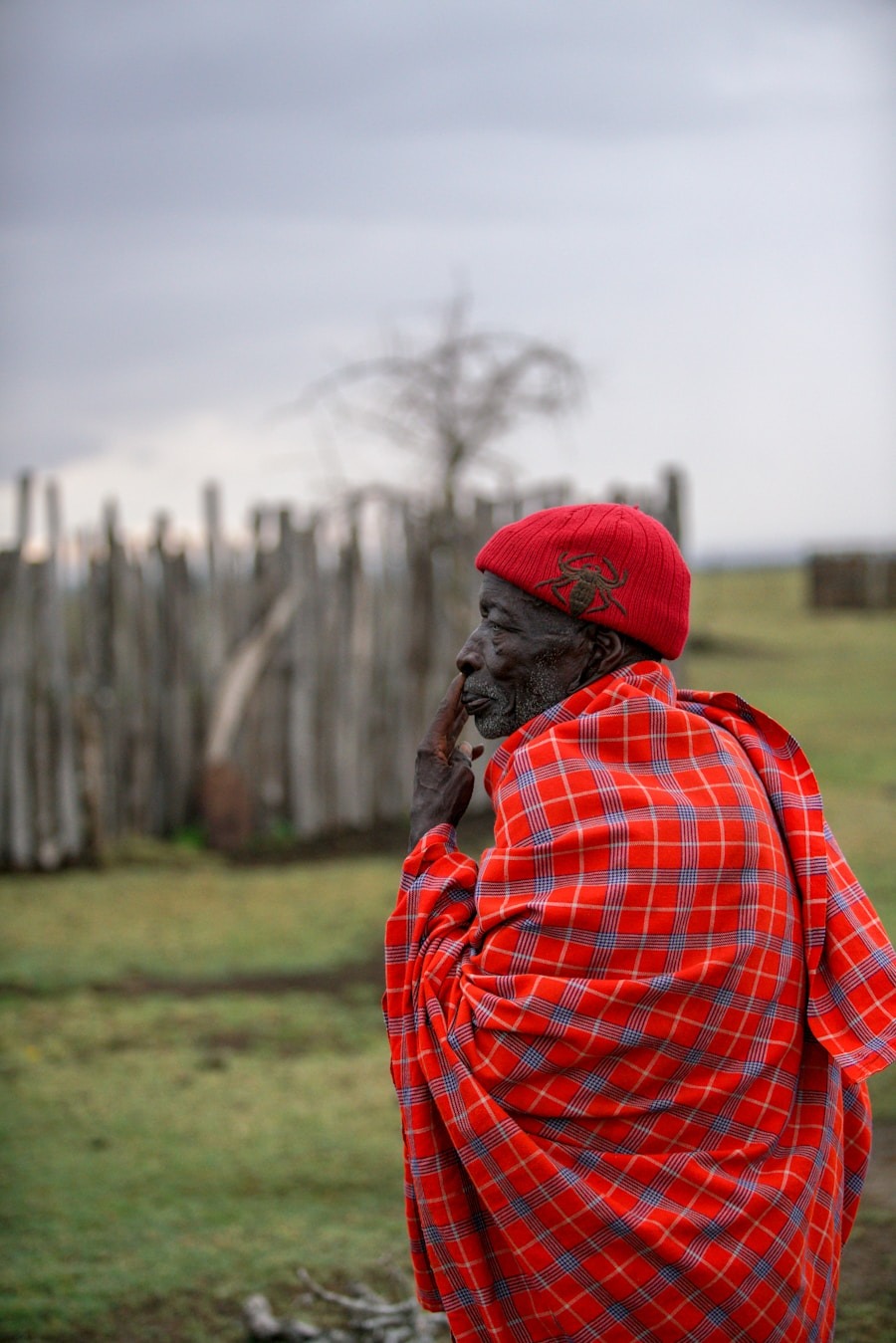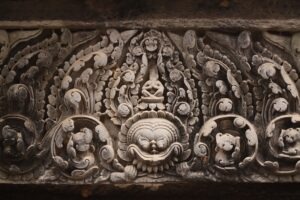Robin S. Ngangom is a prominent figure in contemporary Indian poetry, particularly known for his contributions to the literary landscape of the Northeast region of India. Born in Manipur, Ngangom’s work is deeply rooted in the cultural and political complexities of his homeland, which has been shaped by a history of conflict, colonialism, and social upheaval.
His poetry often reflects the rich tapestry of his experiences, drawing from the diverse traditions and languages of the region. Ngangom’s voice resonates with authenticity, as he navigates the intricate interplay between personal and collective narratives, making him a significant voice in Indian literature. Ngangom’s literary journey is marked by a commitment to exploring themes of identity, belonging, and resistance.
His works have garnered critical acclaim for their lyrical quality and profound insights into the human condition. As a poet, he has not only contributed to the canon of Indian poetry but has also played a vital role in bringing the voices of marginalized communities to the forefront. His ability to weave personal experiences with broader socio-political issues has established him as a key figure in contemporary poetry, making his work essential for understanding the complexities of identity in a rapidly changing world.
Key Takeaways
- Robin S. Ngangom is a prominent Indian poet known for his exploration of identity and belonging in his works.
- “Native Land: Roots and Resistance” is a poetry collection that delves into themes of resistance, activism, and the connection to one’s native land.
- The poetry collection explores motifs of nature, tradition, and the struggle for freedom and justice.
- Ngangom’s work delves into the complexities of identity and belonging, particularly in the context of being a marginalized individual in society.
- “Native Land” is celebrated for its powerful portrayal of resistance and activism, and has been well-received for its impact on readers and critics alike.
A Homage to Roots and a Critique of Reality
“Native Land: Roots and Resistance” is one of Ngangom’s most celebrated poetry collections, encapsulating his reflections on the land he hails from and the struggles faced by its people. The collection serves as both a homage to his roots and a critique of the socio-political realities that have shaped his identity.
Landscapes of Resistance
Through vivid imagery and evocative language, Ngangom invites readers into the landscapes of Manipur, where nature and culture intertwine, creating a rich backdrop for his exploration of resistance against oppression.
A Call to Awareness
The poems within “Native Land” are not merely personal reflections; they are also a call to awareness about the historical injustices faced by indigenous communities. Ngangom’s work is characterized by its deep engagement with the land itself, which he portrays as a living entity that holds memories, stories, and struggles.
Resilience in the Face of Adversity
Each poem serves as a testament to the resilience of the human spirit in the face of adversity, making “Native Land” a powerful exploration of both personal and collective identity.
Themes and Motifs in the Poetry Collection
In “Native Land: Roots and Resistance,” several recurring themes and motifs emerge that reflect Ngangom’s preoccupations with identity, memory, and resistance. One prominent theme is the connection between land and identity. Ngangom often uses nature as a metaphor for personal and cultural identity, illustrating how landscapes shape individual experiences and collective histories.
The imagery of rivers, hills, and forests serves not only as a backdrop but also as a character in its own right, embodying the struggles and triumphs of the people who inhabit these spaces. Another significant motif in Ngangom’s poetry is the concept of resistance. His verses often highlight the struggles against colonialism, militarization, and social injustice that have plagued Manipur and its people.
Through his poignant language, he captures the spirit of defiance that permeates the lives of those who have been marginalized. This theme resonates deeply within the context of contemporary India, where issues of identity and resistance are increasingly relevant. Ngangom’s ability to articulate these complex emotions allows readers to engage with the broader socio-political landscape while also reflecting on their own experiences of belonging and resistance.
Ngangom’s Exploration of Identity and Belonging

Ngangom’s exploration of identity is intricately tied to his sense of belonging to Manipur.
This tension is palpable in many of his poems, where he navigates the complexities of being an indigenous person in a rapidly globalizing world.
In “Native Land,” Ngangom delves into personal narratives that resonate with universal themes of belonging. He often reflects on familial ties, cultural heritage, and communal bonds that shape one’s identity.
By weaving these elements into his poetry, he creates a rich tapestry that speaks to both individual experiences and collective histories. The sense of belonging that emerges from his work is not static; it is dynamic and evolving, reflecting the ongoing struggles for recognition and acceptance faced by marginalized communities. Through his exploration of identity, Ngangom invites readers to consider their own connections to place and culture, fostering a deeper understanding of what it means to belong.
Resistance and Activism in “Native Land”
Resistance is a cornerstone of Ngangom’s work in “Native Land: Roots and Resistance.” His poetry serves as an act of defiance against systemic oppression and cultural erasure faced by indigenous peoples in Manipur. Ngangom’s verses resonate with urgency as he addresses issues such as militarization, human rights violations, and environmental degradation—challenges that have profound implications for both individuals and communities. By bringing these issues to light through his art, he not only raises awareness but also inspires action among readers.
The activist spirit embedded in Ngangom’s poetry is evident in his use of language as a tool for empowerment. He employs vivid imagery and powerful metaphors to convey the struggles faced by his people while simultaneously celebrating their resilience. This duality creates a sense of hope amidst despair, encouraging readers to engage with the realities of resistance in their own lives.
Ngangom’s work transcends mere artistic expression; it becomes a rallying cry for justice and change, urging individuals to confront injustices both locally and globally.
Impact and Reception of Ngangom’s Work
Breaking Ground in Contemporary Indian Literature
Critics have lauded “Native Land: Roots and Resistance” for its lyrical beauty and profound insights into identity politics, recognizing it as a significant contribution to contemporary Indian literature. Ngangom’s reception among readers has been overwhelmingly positive, with many praising his ability to articulate complex emotions surrounding identity and belonging.
Poetry as a Catalyst for Social Change
His work has sparked discussions about the role of poetry in activism, highlighting how literature can serve as a powerful medium for social change. As more readers engage with his poetry, Ngangom continues to inspire a new generation of writers and activists who seek to amplify marginalized voices through their art.
A Legacy of Intertwining Literature and Social Justice
Through “Native Land: Roots and Resistance,” Robin S. Ngangom not only shares his personal narrative but also invites readers into a broader conversation about identity, belonging, and resistance in contemporary society. His work stands as a testament to the power of poetry to challenge injustices while celebrating the richness of cultural heritage.
In Robin S. Ngangom’s Native Land: Roots and Resistance, the poet explores themes of identity, culture, and resistance. This powerful collection of poems delves into the complexities of belonging and the struggle for autonomy in a world that often seeks to erase indigenous voices. For further reading on the importance of cultural identity and heritage, check out this article on best shrubs for privacy and landscaping expert recommendations. Just as shrubs provide a sense of privacy and protection in a physical landscape, Ngangom’s poetry offers a refuge for those seeking to reclaim their native land and heritage.






















+ There are no comments
Add yours